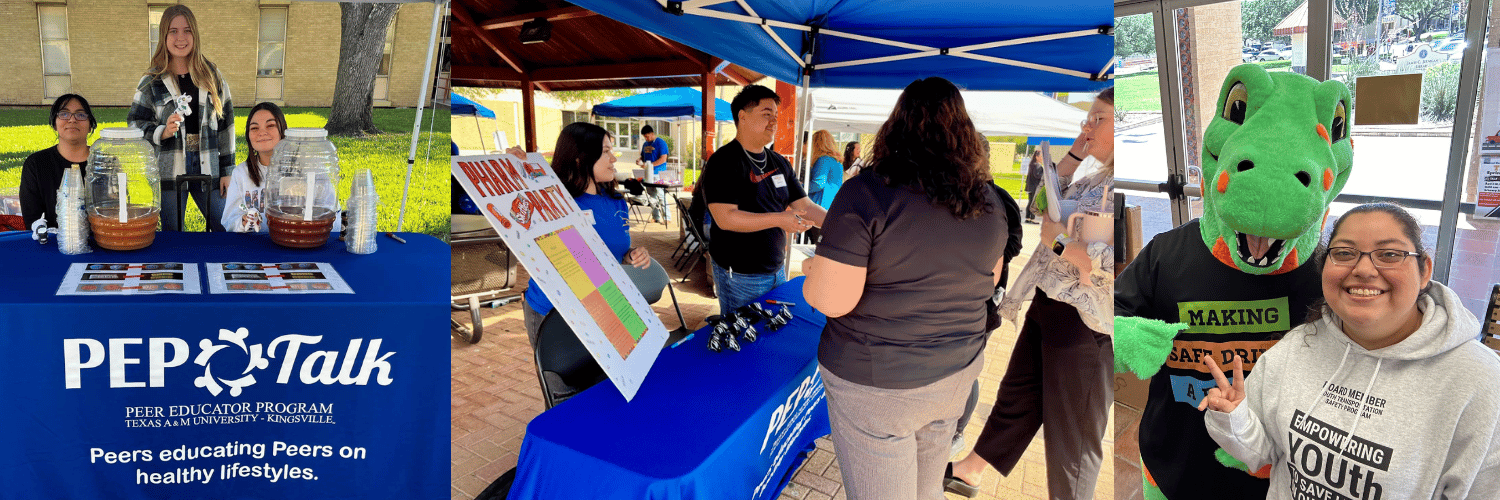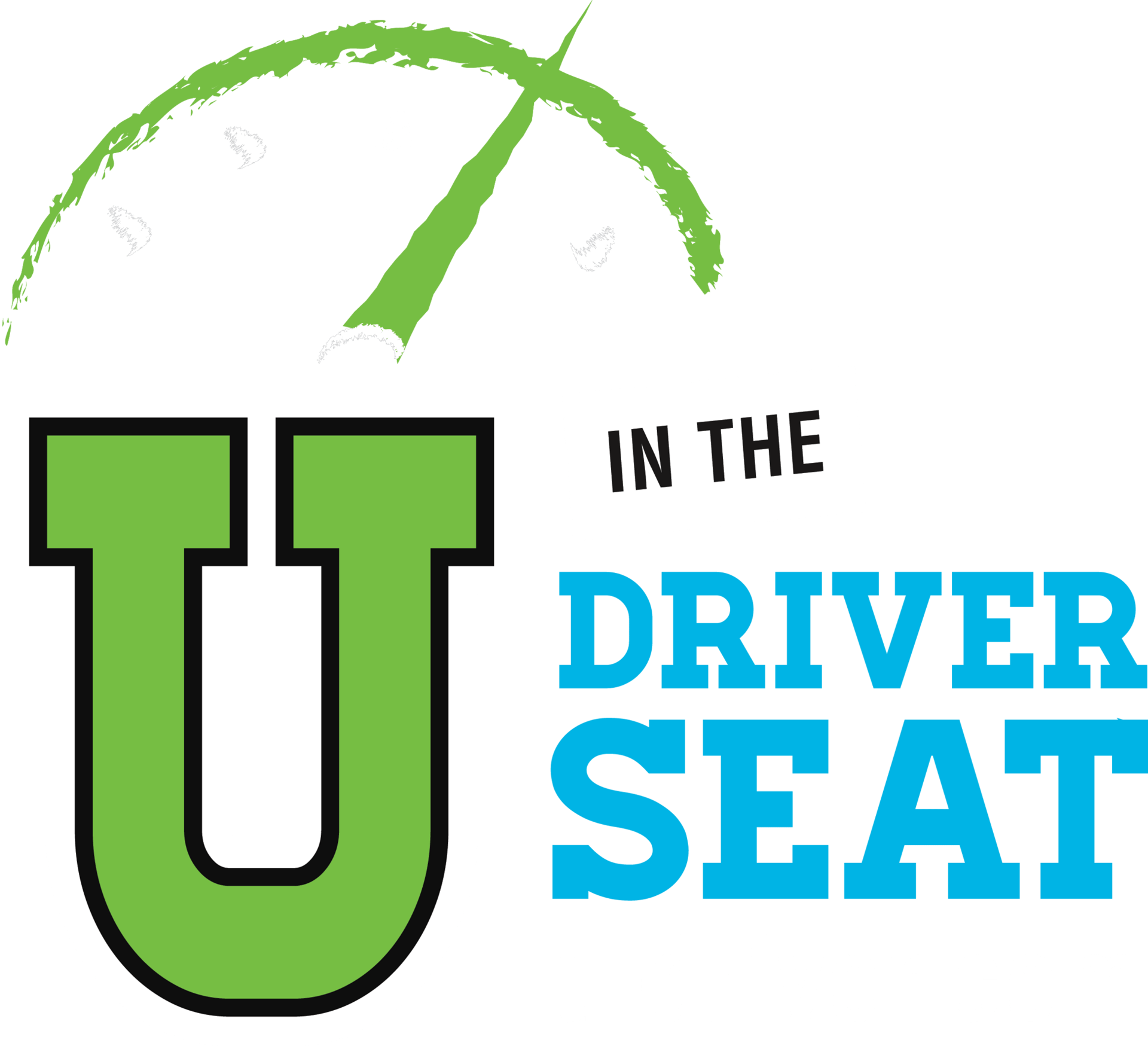Youth Transportation Safety Report
Texas Trends, 2024

CAR CRASHES CONTINUE TO BE ONE OF THE LEADING CAUSES OF INJURY AND DEATH FOR YOUTH UNDER 25 IN TEXAS AND THE U.S.
Progress within the state has been promising, with an overall 20% reduction in young lives lost on our roads from 2007-2019. But, as with most of the nation, these numbers rose in 2020 and 2021, reaching the highest number of lives lost in the past 14 years (4).
THE PROBLEM
Youth continue to be overrepresented in car crashes throughout the United States (1). According to data from the National Highway Traffic Safety Administration (NHTSA) and the Center for Disease Control (CDC), motor vehicle crashes continue to be one of the leading causes of injury and death for young people under the age of 25 in Texas and the U.S., with young drivers having much higher crash rates than older, more experienced drivers (1,2). It is well known that teens are overrepresented in car crashes despite driving less than adults on average (2). In Texas, over 13,000 youth ages 11-25 have lost their lives in a car crash since 2007 (3). An average of nearly 900 youth are killed annually (3).
THE FIVE MAIN RISKS
The causes of fatal and injury crashes involving young drivers are well-known and documented. The most fundamental factor is a lack of driving experience, which is compounded by one or more of the top five factors: Distractions, primarily smartphone use, but also other young passengers; Driving at night/driver fatigue; Speeding; Low seat belt use; and Alcohol/drug impairment.
NIGHTTIME/DROWSY DRIVING
SPEEDING
LOW SEAT BELT USE
IMPAIRED DRIVING
DISTRACTIONS
In Texas, distracted driving represented 14% (776) of all fatal and serious injury crashes among youth ages 16-25 in 2022 (4).
In Texas, 63% of fatal crashes in 2022 involving young people (ages 11-25) occurred between 6PM and 6AM (4).
In Texas, speeding was the contributing factor for 40% (2,469) of all fatal and serious injury crashes among youth ages 11-25 in 2022 (4).
In Texas, 38% of people ages 11-25 who were killed in car crashes in 2022 were not wearing a seat belt (4).
In 2022, 284 TX teens ages 16-19 were killed or badly hurt in an alcohol-impaired crash, & TX drivers ages 20-25 had the highest percentage (19.06%) of fatal crashes with BACs of .08+ (4,5).
OUR STORY
The origin of our program started in 2001 when the city of San Antonio, Texas, lost 10 teens to car crashes within a span of 6 weeks. Nationally, at this time, roughly 6,000 teens were also being killed in car crashes every year, the equivalent of a plane full of teens crashing weekly. In response to this growing need for something different, the Teens in the Driver Seat® (TDS) program was created and has grown significantly over the past 20 years.
Now known as the Youth Transportation Safety Program (YTS), our vision remains the same: save lives and prevent injury among youth through education, empowerment, and peer-led outreach.
Current YTS initiatives include the follwing grassroots, peer-to-peer outreach programs:
The YTS Program has been sponsored by a variety of public and private sponsors since 2002.
Our vision is to ensure that America's youth live long and healthy lives through safe practices on our transportation system.


OUR APPROACH
Programming, outreach, and education across all YTS programs are guided by three evidence-based frameworks and approaches.



ANNUAL SURVEYS
SURVEY RESULTS
ATTITUDES
VS
BEHAVIORS
A total of 18,165 Texas high school students were surveyed between August 2019 through April 2024. All participating schools are members of the TDS school program and received individualized survey results.
Most teens recognize distracted driving and impaired driving is risky.
60%
68%
80%
61%
93%
94%
DISTRACTIONS
97%
91%
94%
93%
IMPAIRED
DRIVING
93%
74%
DROWSY
DRIVING
89%
78%
SEAT BELT USE
75%
56%
SPEEDING
Since 2007, TDS has conducted Annual Surveys to evaluate TDS programming in participating schools. The survey provides great insight on safety topics that our students progress in as well as concepts our youth could use additional education around.
To receive credit for completing annual surveys, schools must survey at least 20% of their student population (up to 200 total for high schools). Schools earn cash rewards if they complete this task and receive a summary report of their school’s results. The student surveys are anonymously completed with only a unique 6-digit school code to group all responses from the same school together.
The annual surveys ask students how acceptable or unacceptable they think certain driving behaviors are as well as how frequently they have done said behaviors*.
*The behaviors captured in this portion of the survey reflects the teen's behavior within the last 30 days.
The attitudes on the left show the percent of survey respondents who find the behavior unacceptable, and the behaviors on the right are teens never performing them in the last 30 days.
YOUTH-LED INITIATIVES
All-Stars Program
ZERO HERO
YTS manages an incentive program - TDS All-Stars - for program participants active in spreading the safety message year-round. All-Stars is a framework that ensures YTS receives information back on the great work students are doing in the community, and has metrics to report back to sponsors.
Schools may qualify for financial rewards for completing all the units. Incentive programs, like the TDS All-Stars, produce school and student participation. Other monetary and non-monetary incentives YTS manages include, U in the Driver Seat All-Stars, Extra Mile, the Driving the Message Contest, and the Collegiate and Teen Advisory Boards.
All-Stars is organized into risk units - distracted driving, nighttime driving, speeding, seat belt use, impaired driving, pedestrian safety, and sharing the road.
A second prevention strategy available to participating program schools is the You in the Driver Seat (YDS) App. The YTS program developed the You in the Driver Seat (YDS) app, which is aimed at promoting safe, distraction-free driving among individuals aged 16 – 25.
A total of 244 young Texas driver app users who made a total of 21,412 scored trips were analyzed between October 2020 through February 2024. Results show that long-term users had 31% higher Safe Trip percentage values and scored 14% higher average Trip Scores than short-term users.
One prevention strategy available to participating program schools is Zero Hero, an activity consisting of:
- pre-observations,
- three weeks of messaging,
- and post-observations completed by students.
Texas high schools may focus on increasing seat belt use and reducing distracted driving and walking through the Zero Hero activity. Texas junior highs may focus on increasing seat belt use through the Zero Hero activity. The activity has been around since 2013 and completed 80 times by Texas high school and 30 times by Texas junior highs. The following results are from the 2022-2023 school year.
We're seeing a positive shift towards responsible driving behaviors among frequent, long-term users.



YOU IN THE DRIVER SEAT MOBILE APP
YDS APP TEXAS DATA

As of April 2024, in Texas, there have been a total of 59,497 safe miles driven. That's the equivalent of driving around the contiguous US boundaries almost 6 times!





SUMMARY OF DATA

Awareness of Risk:
Attitude vs Behavior:
Youth Led Initiatives:
Teens recognize and know the dangers of distracted and impaired driving, but more work is needed to grow their awareness and recognition of nighttime driving, speeding and seat belt use.
Speeding continues to be a top concern. Based on the data, it’s one of the least recognizable driving risks and teens’ attitudes don’t align with the behavior. While a majority of teens agree it is unacceptable to drive 10 mph over the posted speed limit, 44%report driving over the speed limit at least once in the last 30 days.
Most teens recognize not wearing a seat belt as being risky but based on TDS Zero Hero data and self-reported data, Texas teen drivers and passengers need strategies to improve seat belt use. Longtime YDS App users are making safer trips compared to short-term users and have driven nearly 60,000 safe miles.
Most teens know driving distraction-free and sober is safe.
RECOMMENDATIONS
While meaningful work has been accomplished over the past 20 years, the landscape of our roadways continues to change and with it, presenting new challenges for our young people. Covid, new vehicle technologies, access to driver education and changes in road safety landscapes have all impacted youth crashes within our state. Moving forward, YTS aims to continue to focus on strategies that have demonstrated success, focus on areas that have yet to see the meaningful changes we seek, and lastly, better understand the impact these external variables have on youth to make meaningful and lasting changes.
Recommendations
What is Working
Data Limitations:
The annual survey data is collected from program schools each year. Some schools participate in the survey multiple years in a row and could survey the same students. The surveys are anonymous and self-reported, so results should not be generalized to the greater population. While the Zero Hero activity provides valuable field observation data, it comes with limitations like any type of research activity. The YTS staff goes to great effort to provide clear instructions for data collection procedures in a variety of ways: email, on the observation forms, our website, and a how-to video. Even with instructions provided, keep in mind that the observers for this activity are high school and junior high school students, and sometimes instructions are not followed consistently from school to school. Results from this activity cannot be generalized to draw conclusions about the observed behavior.
Limitations
WHAT SETS US APART


The Youth Transportation Safety Program works to be the convergence of Texas roadway safety information, national best practices, and an educational resource for Texas youth. Over the past twenty-two years, YTS has developed relationships with schools, youth organizations, and their advisors across the state. These relationships, along with our expertise on how to effectively reach, interact, and provide meaningful guidance and opportunities for this age group has placed us in a unique position to interact and educate youth so they can be the leaders in traffic safety.
At the heart of our success are the advisors who work directly with the teens year over year. They interact with YTS program staff and look for connections between their youth and our offerings. This can be by encouraging teens to learn about and lead risk units within their community or incorporating traffic safety lessons in their classrooms.
Many of the advisors that champion YTS have experienced student loss and understand that ending crashes begin at the level of personal impact and utilizing the resources we provide not only fits into youth development models, but also helps students achieve personal goals, complete leadership projects, and develop safe driving skills.
Development of successful peer-to-peer programming that is used over years takes dedication to continued fine-tuning. A dedicated team listens to feedback and works to make sure programming remains relevant and works within the environments of our audiences. Adjustments are made regularly to ensure easy implementation and we are collecting the data we need to measure outcomes. YTS has received numerous accolades and regularly contributes to best practices within the traffic safety community.
Relationships
Learning & Development Theories
Programming

WHERE DO WE GO FROM HERE?

Grow Effectiveness:
More and more research is pointing to effective and ineffective prevention strategies, especially from other fields of study like public health. YTS recognizes the need to evaluate its programming and activities to ensure we’re adapting to what research tells us is effective versus counterproductive.
Adapt to Communities
YTS recognizes the need for population-specific programming to support people at higher risk for engaging in unsafe behavior. A one-size-fits-all approach cannot be effective in disadvantaged communities.
Continue to grow partnerships:
Partnerships are vital in achieving the goal of changing traffic safety culture. YTS remains committed to finding partners and youth leaders to help achieve our mission of safer roads.
Statewide Strategic Focus on Youth:
Highway safety programming within the state should consider the many factors that impact youth on the roads. In doing so the state can develop targeted strategies to reduce young driver crashes and grow positive social norms.
The Texas A&M Transportation Institute (TTI) is an agency of the State of Texas and member of The Texas A&M University System. For 70 years, TTI has addressed complex transportation challenges and opportunities with innovation, objectivity and unmatched technical expertise. Our staff delivers excellence, value and thought leadership to ensure our research sponsors achieve their goals.
TTI’s Youth Transportation Safety Program has uncovered safety concerns and research-based results for others to make informed decisions, including our youth participants. Throughout our 21 years of experience delivering the TDS and UDS programs, partnering with public and private sector sponsors, and working closely with youth and their communities we are carefully asking ourselves, “Where do we go from here?”




REFERENCES

The contents of this report reflect the views of the authors, who are responsible for the facts and the accuracy of the information presented herein. This document is disseminated in the interest of information exchange. The report is funded, partially or entirely, by a grant from the Texas Department of Transportation (TxDOT). However, the TxDOT assumes no liability for the contents or use of thereof.
- Centers for Disease Control and Prevention (CDC). WISQARS — Web-based Injury Statistics Query and Reporting System. Atlanta, GA: U.S. Department of Health and Human Services, Centers for Disease Control and Prevention, National Center for Injury Prevention and Control; 2024.
- Insurance Institute for Highway Safety (IIHS). Teenagers. https://www.iihs.org/topics/teenagers; 2024.
- Fatality Analysis Reporting System (FARS): 2008-2021 Final File and 2022 Annual Report File (ARF)
- Texas Department of Transportation (TxDOT). Crash Records Information System (CRIS); 2023.
- TxDOT. DUI Alcohol Drivers in Fatal Crashes by Driver Age; 2022.




